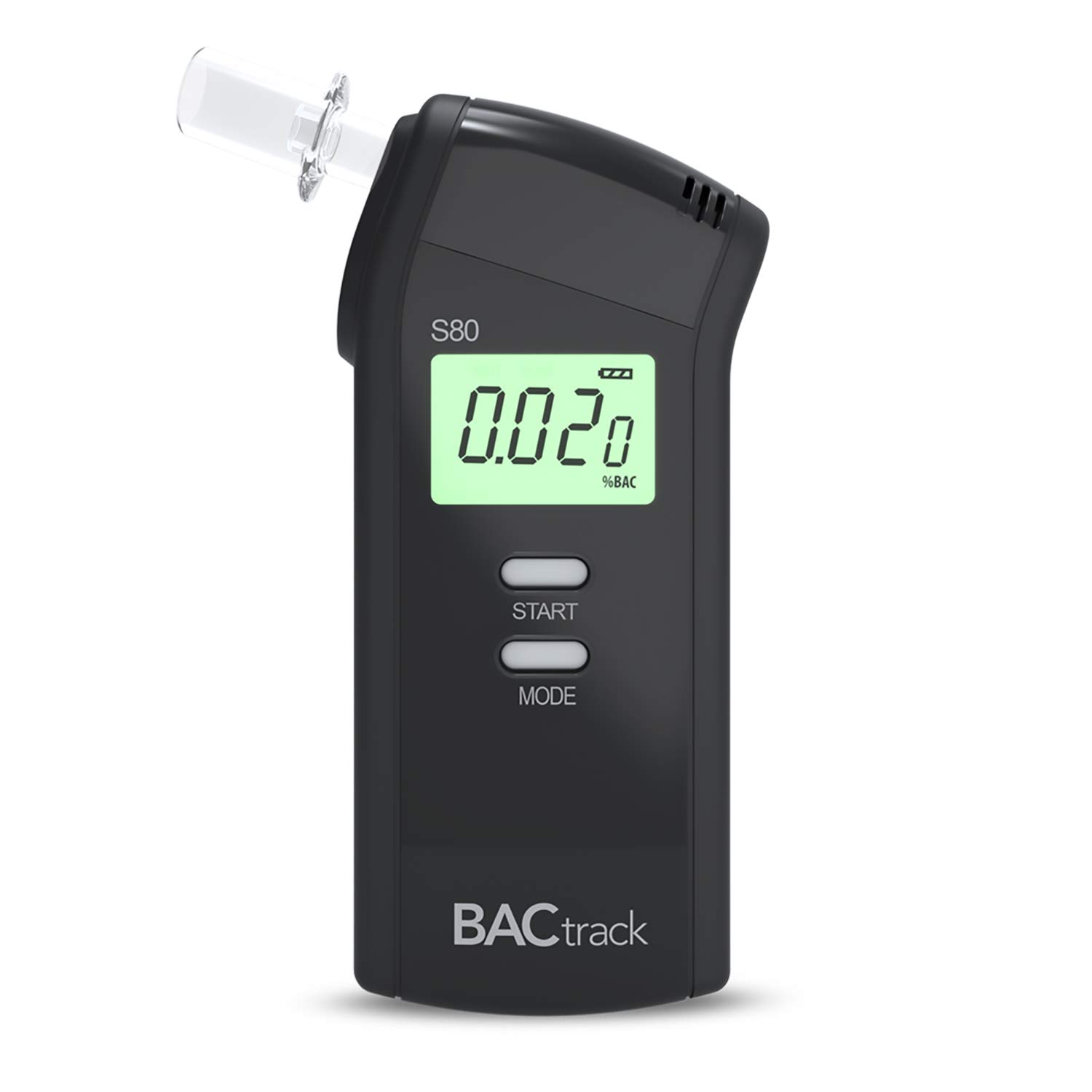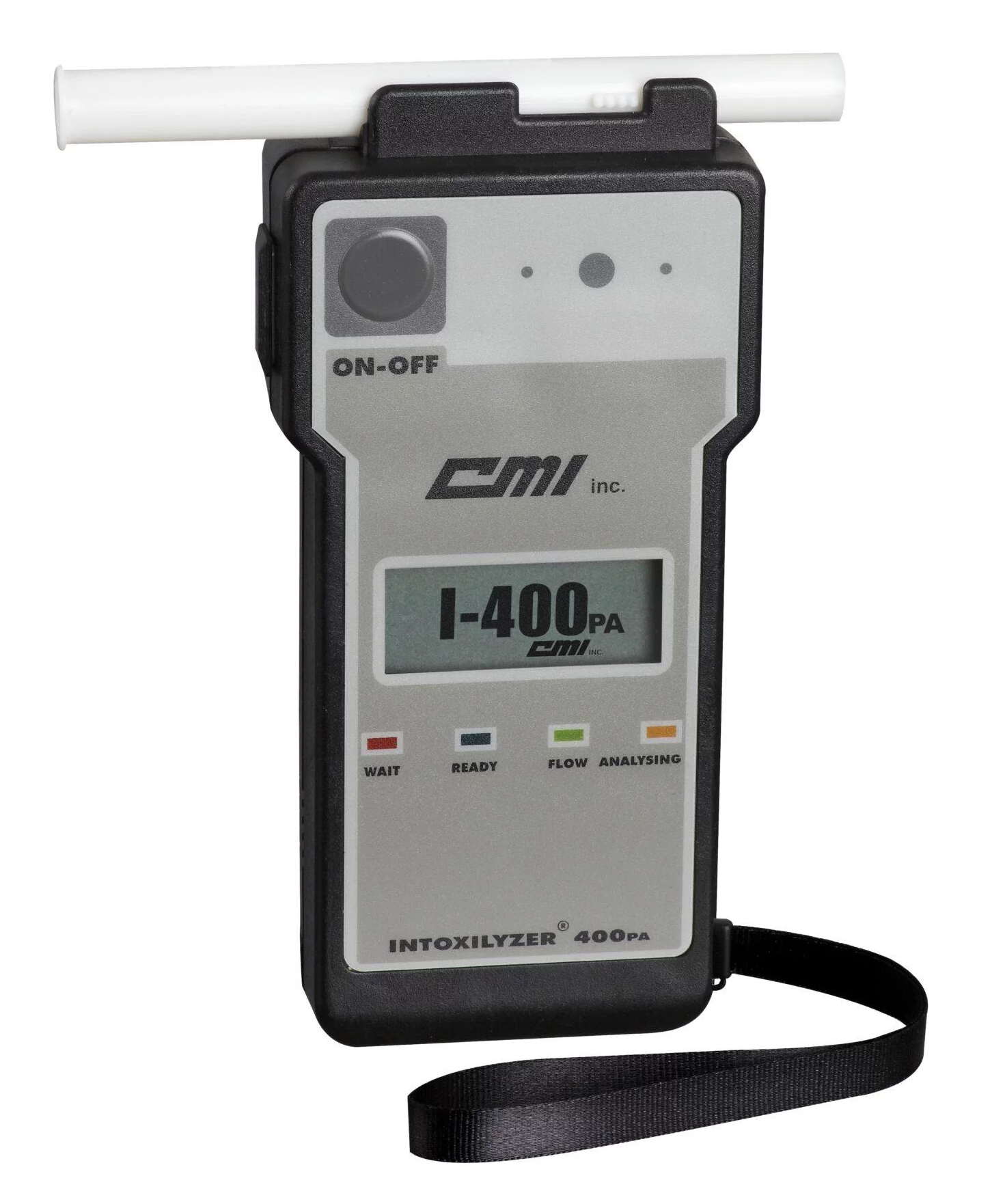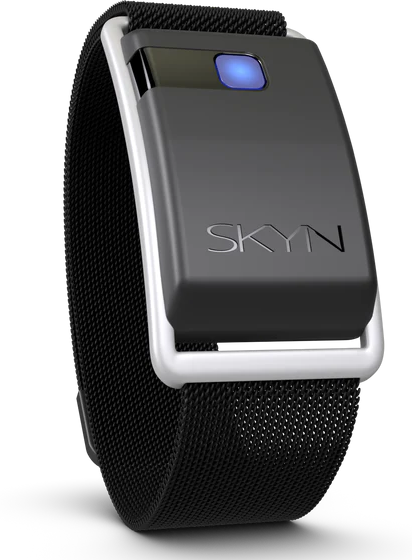How is alcohol usually detected?
Alcohol is traditionally measured by a statistic called the blood alcohol concentration, or BAC. When one drinks an alcoholic drink, the stomach and small intestine absorb the alcohol. In small amounts, alcohol increases stomach secretions, stimulating hunger and appetite. So how do we easily measure the blood alcohol concentration without invading the patient's body? We can't give them a blood test immediately!Luckily, alcohol in the blood also shows up in the patient's breath. After being absorbed in the stomach and small intestine, the alcohol is not digested but rather moves throughout the circulatory system. When the blood reaches the lungs, some alcohol passes through the alveoli, or the thin membranes of the lung's air sacs. The concentration of alcohol in the lungs is directly related to the concentration of alcohol in the blood. When the patient exhales, this air can be measured to determine the blood alcohol concentration. From extensive measurements and tests, scientists have determined that the ratio of breath alcohol to blood alcohol is 2100:1 - every 2100 milliliters of exhaled air contains the same amount of alcohol as 1 milliliter of blood. The American Medical Association claims that impairment occurs when the blood alcohol level reaches 0.05, but the federal standard is 0.08 (there are 0.08 grams of alcohol in 100 milliliters of blood).
What devices are used for detection?
The most common device police officers use to measure alcohol concentration is called a breathalyzer. Each breathalyzer consists of a sampler, two glass vials, and photocells to measure a color change. When the patient breathes into the device, the sampler collects the air and passes it through a vial filled with a mixture of sulfuric acid, potassium dichromate, silver nitrate, and water. The sulfuric acid removes the alcohol from the air and creates a liquid solution which then reacts with the potassium dichromate. This causes the dichromate ion to change color from red-orange to green. The level of the color change depends on the level of alcohol in the air. By comparing the colors of a vial of unreacted mixture to reacted mixture, the photocell system creates an electric current that determines the displayed level of blood alcohol concentration.
Another device that can measure the blood alcohol concentration is an intoxilyzer. Unlike a breathalyzer, an intoxilyzer uses infrared spectroscopy - determining molecular identity by observing the way they absorb infrared light. Vibrating molecules have changes to their motion when they absorb light (increase in energy). By measuring the amount of infrared light absorption, we can determine the concentration of a certain particle.
In the intoxilyzer, a lamp creates an infrared beam that passes through a spinning filter wheel. Light passing through the filter wheel is detected and converted to an electrical pulse, which causes a blood alcohol concentration reading.
A new device for measuring alcohol concentration?!
Recently, BACtrack has created a transdermal alcohol sensor. This sensor is a wearable that can simply be placed over the skin and record alcohol concentrations inside the body. We already know that alcohol concentration can be measured through blood tests as well as through the breath, but we also need to know that alcohol concentration can be measured through sweat. Using a nickel-sized sensor, the water can be analyzed and an alcohol concentration can be determined. Unlike previous ankle-worn devices like the Secure Continuous Remote Alcohol Monitor (SCRAM), this small sensor can be worn on the wrist. In the future, popular smartwatch companies such as Samsung, Google, and Apple may implement this sensor into their smartwatches to provide users with more detailed information on their drinking habits.BACtrack's wrist device has gone through many research trials and it has been found that the sensor's values are within 0.007 of true BAC readings in real time! A compelling invention, these devices have great potential to improve the lives of people with alcohol addiction as well as those who would like to cut down on alcoholic drinks.
